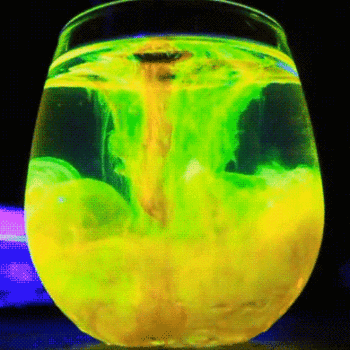How does potassium ions enter a cell?
1 Answer
Through active diffusion.
Explanation:
Active diffusion is when molecules move through a selectively permeable membrane from an area of low to high concentration.
Active diffusion requires carrier proteins and cellular energy.
Normally small non-polar and hydrophobic molecules are able to enter and pass through the cells bi-lipid membrane, however the permeability to ions is very low, due to their charge.
Therefore, the passage of ions is aided by the presence of specific membrane transport proteins, in which the 'sodium-potassium pump' being one for potassium.
Three sodium ions attach to the proteins, as well as the ATP, which splits to provides energy to change the shape of the protein. Sodium ions are pushed out the membrane to the outside of the cell, when the protein changes shape.
Two potassium ions bind to the protein and are then transported through the membrane to the inside of the cell, when the protein changes shape. The phosphate detaches from the protein, to resynthesises into ATP.

